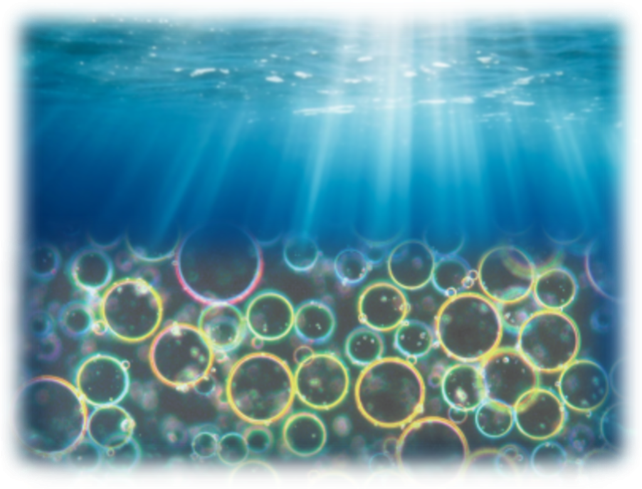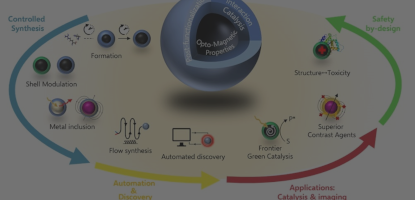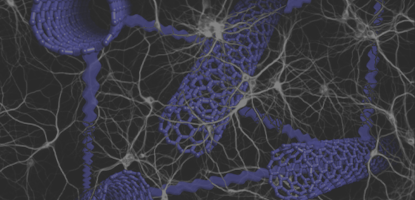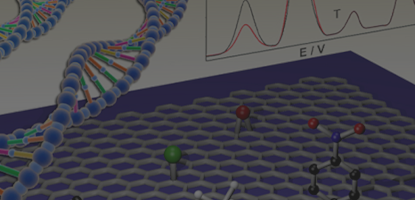Novel chromophores based on perylene bisimides and naphthalene bisimides are very useful antennae to absorb sunlight and start a catalytic cycle in combination with polyoxometalates. The result is an innovative and efficient artificial photosynthesis.

The Carbon Bionanotechnology group broad research interests include renewable sources for energy production. With the support of the European Pathfinder grant (No. 101099192) obtained in 2023, the group has joined an international consortium dedicated to redesigning green hydrogen technology. The PLANKT-ON project aims to develop wireless plankton-like protocells capable of artificial photosynthesis. This innovative, nature-inspired approach tries to produce oxygen on one side, while generating formic acid on the other side, a precursor to hydrogen as a clean fuel, thus achieving zero emissions. At the core of this process lies a catalytic unit powered by sunlight. Novel chromophores that capture sunlight are crucial in this process and can be customized as needed. The Carbon Bionanotechnology group actively synthesizes and characterizes new chromophores based on rylene bis-imides. Enhancing light absorption capabilities and fine-tuning the solubility in water of the molecules are decisive steps towards improving the catalytic efficiency of the overall system.




